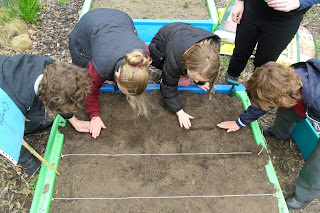The Great Year 3 Lighthouse Challenge.
The task:To build a lighthouse out of art straws and pipe cleaners.
The lighthouse had to contain a working circuit and be capable of supporting a
bulb and holder.
3 prizes were on offer:
The tallest lighthouse.
The cheapest lighthouse over 30cm.
The teamwork prize.
The children had looked at functioning lighthouses and learnt about their purpose and positioning.
The children were shown how to make a vertex using pipe
cleaners as a joint.
Next the children were assigned a partner from the other year
3 class to work with. They completed a basic design and made a list of the
materials they would need.
They then went ‘shopping’ for materials
Artstraws 10p
Pipe cleaners 5p
Wire 1p a cm
Battery and holder 50p
Bulb and holder 50p
The children had a budget of £5.00. They had to calculate their costs and the change they should receive.
The children had 2 hours to construct their lighthouse. There were a range of successful designs.The highest lighthouse was 46cm. The cheapest cost £2.90 and there were many nominations for the teamwork prize.
 |
| GREAT TEAMWORK |
 |
| A DESIGN COMING TOGETHER |
Successes
The activity was hugely successful on lots of levels. I was particularly pleased with the way the children were able to budget and handle their money. I had identified this as a weakness after our trip to the chocolate factory gift shop. I have set up a class shop role play area outside the class to encourage practical handling of money.
 |
| A FEW OF THE FINISHED DESIGNS |




